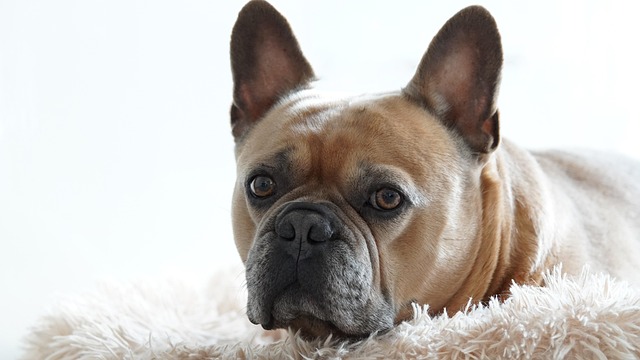
How to stop a puppy biting the leash?
It may seem that puppies biting the leash is just mischievous, but in fact, there are complex behavioral logic and emotional needs behind it.
When we walk around at home, a fluffy little figure always follows behind us. Even when we just go to the kitchen to get a glass of water and look back, we can see the dog tilting its head and looking at us with full trust. This ever-present companionship makes us feel warm, and it also makes us curious: why do dogs follow us around so persistently? Dogs can't express their inner thoughts with words, but every act of following is a silent but intense expression of their emotions. By delving into it from the perspectives of professional animal behavior and biology, we will find that behind these behaviors lie the instincts evolved over thousands of years, a deep attachment to their owners, and their unique needs for survival and emotions.
From the perspectives of biology and evolution, a dog's following behavior stems from the social habits of its ancestors, wolves. As social animals, members of a wolf pack follow the leader closely to obtain protection, find food, and maintain the order of the pack. Although dogs have been domesticated and live with humans, this social instinct is deeply ingrained in their genes. In a dog's eyes, the owner is the "leader" of its "pack", and following the owner means being able to gain a sense of security, food, and protection. When we take the dog for a walk, and it follows closely at our feet, it actually regards us as a reliable "leader" and believes that under our guidance, it can stay away from danger and explore a safe environment. This instinctive following is a behavior pattern formed during their evolution for survival, and it is also the original bond between them and their owners.
Seeking attention and emotional companionship is an important reason why dogs follow their owners around. Dogs are animals with rich emotions, and they long for the love and attention of their owners. When they follow behind their owners, they are more likely to attract the owners' attention and get the chance to be petted, hugged, and played with. Whether it's when we're busy working and the dog quietly lies at our feet, watching us with its eyes, or when we're resting and it follows us from the living room to the bedroom without leaving our side, it is expressing the desire to be with us. For dogs that have been waiting for the owner at home all day, every moment after the owner comes home is extremely precious. They hope to spend as much time as possible with the owner through following and enjoy this rare intimate time. When we stop, crouch down, and stroke their heads, and see them wagging their tails happily, at that moment, we can truly feel that in their world, we are everything to them.
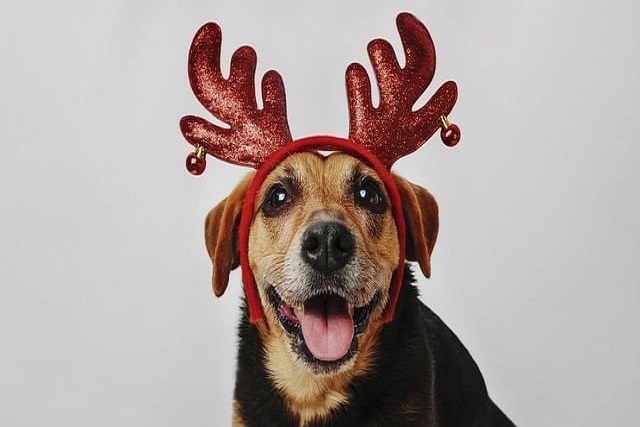
Food and survival needs also drive a dog's following behavior. In a dog's perception, the owner controls the source of food. When they follow the owner, especially when the owner walks towards the kitchen or opens the storage cabinet, they are looking forward to getting delicious food or snacks. This behavior is a conditioned reflex formed during their long life with humans. They know that as long as they stick close to the owner, they are likely to get food rewards. At the same time, dogs also observe their owners' behaviors to understand the rhythm of life, such as knowing when the owner will prepare food and when they will be taken out. Following the owner enables them to better adapt to the environment and meet their basic survival needs. When we take out the dog food, the dog excitedly circles around us and happily follows us to the food bowl. This eager following is not only their expectation for food but also their trust in the owner.
Dogs following their owners around may also be because they have a strong dependence and trust on their owners. During the process of getting along with the owner, dogs gradually establish an emotional connection with the owner and regard the owner as the most reliable partner. They are familiar with the owner's smell, voice, and behavior habits and feel safe and comfortable by the owner's side. When facing a strange environment or things, dogs will instinctively get close to the owner to seek protection. For example, when encountering other strange dogs or hearing a loud noise, the dog will quickly run behind the owner and follow the owner's footsteps closely. This dependence and trust are gradually formed through the owner's love, care, and companionship during the daily interaction. Every hug and every call we give them deepens the emotional bond they have with us, making them willing to follow us forever.
In addition, some dogs follow their owners around because they may have separation anxiety. When separated from the owner, these dogs will feel extremely uneasy and fearful. In order to avoid separation, they will follow the owner closely as much as possible. Even if the owner just goes to another room, they will immediately get up and follow, for fear of being left alone. Dogs with severe separation anxiety may even exhibit behaviors such as destroying items and barking continuously. This behavior stems from their deep attachment to the owner and their fear of losing the owner. As owners, we can feel their strong uneasiness from their closely following steps, and we feel more distressed for them, hoping to give them more a sense of security.
When dogs follow us around, every step of their following is filled with love and dependence on us. From the drive of evolutionary instincts, to the needs for attention and food, and then to the deep emotional dependence, these reasons are intertwined and constitute their ever-present companionship. When we look back and see that little figure, our hearts are filled with emotion. This following is not only the trust that dogs have in us but also a testament to the unique bond between us and them. In the days to come, we will respond to their deep affection with more love and companionship, letting them know that no matter when and where, we will be their strongest support.

It may seem that puppies biting the leash is just mischievous, but in fact, there are complex behavioral logic and emotional needs behind it.
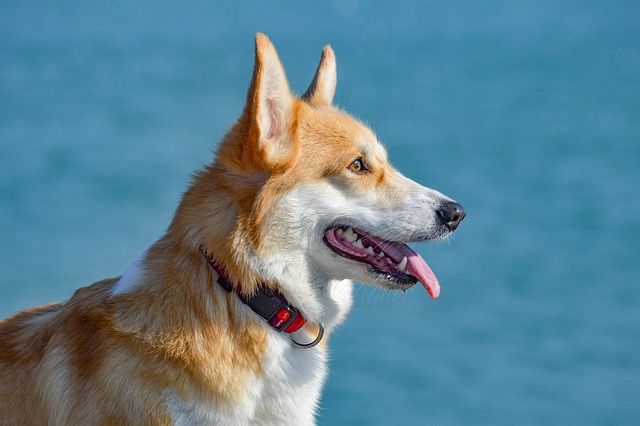
The dog that was originally gentle, well-behaved and had a close relationship with the family suddenly shows its teeth, growls menacingly
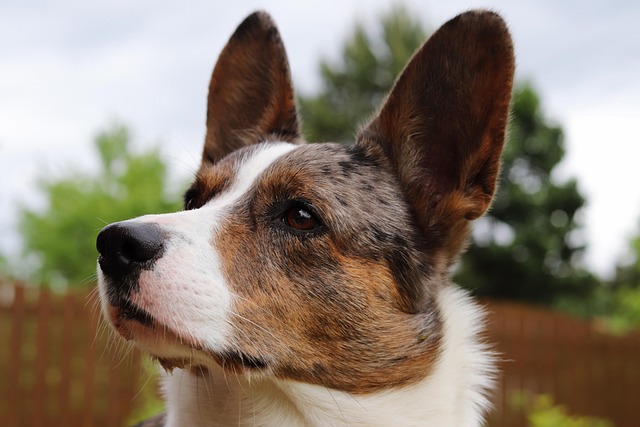
When we get home after a busy day at work and want to relax on the sofa for a while, we find that the sofa is covered with the dog's paw prints and fur,
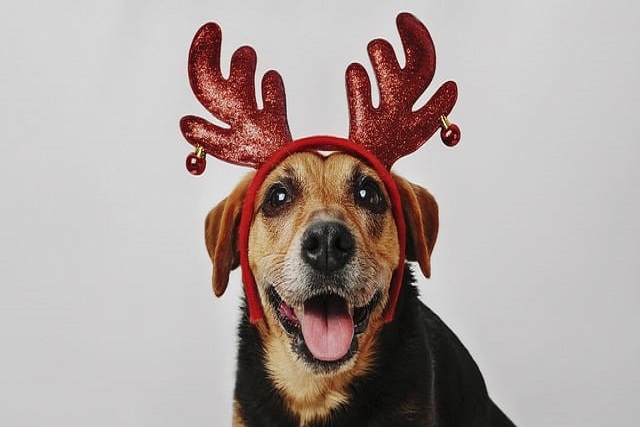
When we walk around at home, a fluffy little figure always follows behind us. Even when we just go to the kitchen to get a glass of water and look back,
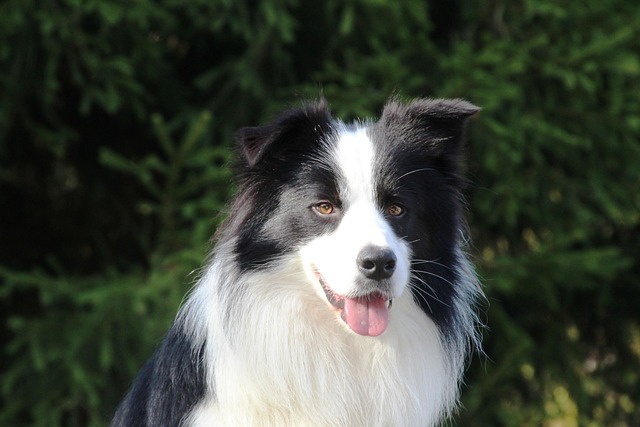
The issue of a dog's toilet behavior may seem like a trivial matter in daily life, but it directly affects the tidiness of the home environment and the owner's quality of life.
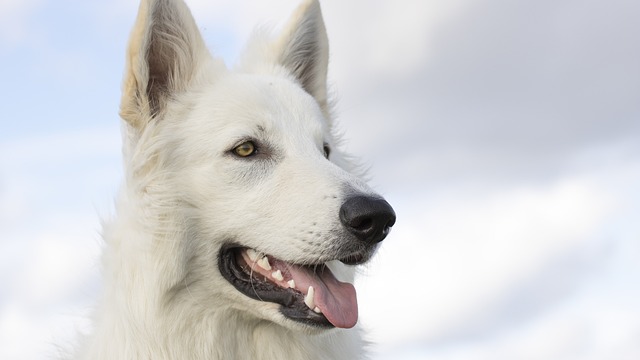
When the lovely dog at home starts barking wildly day and night, breaking the peaceful life with its harsh barking, the feeling of annoyance and helplessness is beyond words.